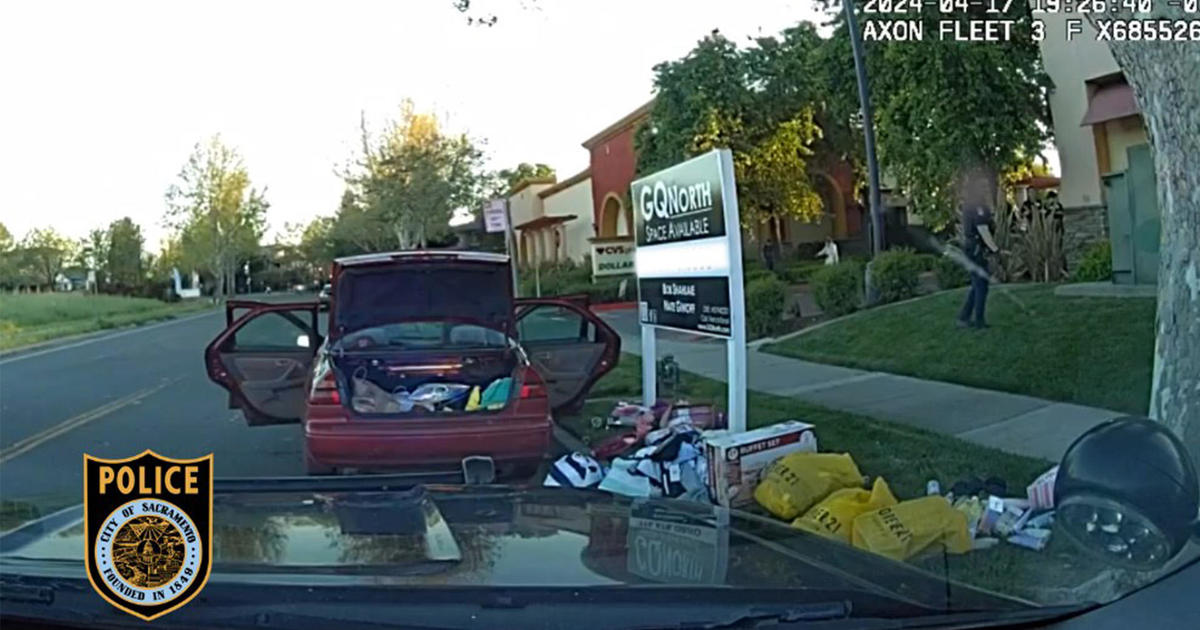How Many People Could Be Identified Through Genealogy DNA Sites Even If They Haven't Submitted A Sample?
SACRAMENTO (CBS13) — The judge ordered no bail for alleged serial rapist Mark Manteuffel during his first court appearance in Sacramento Friday.
Manteuffel is accused of at least three rapes in Sacramento, Sacramento County, and Davis between 1992 and 1994. Investigators say thanks to DNA technology, he was arrested last week in Georgia.
READ MORE: Suspected Sacramento Serial Rapist Mark Manteuffel To Appear Before Judge Friday
At least 60 rapists, killers and victims have reportedly been identified using genealogy DNA since last year. This had us wondering, how many people could be identified through genealogy DNA sites if they've never submitted their own DNA sample?
More than 26 million people have submitted DNA for commercial testing to sites like Ancestry and 23andMe.
Most of those commercial companies say they won't let law enforcement search their data, but many people download their own DNA data and upload it to public ancestry sites like GEDmatch while searching for relatives. Law enforcement can search those sites because they are public.
ALSO: Father And Daughter Connect For First Time After Finding Each Other Through DNA Test
There are now more than 1 million public DNA profiles. Researchers ay the average person has about 850 third cousins or closer. As a result, a study last year found around 60% of Americans of European descent could be identified through the public DNA of one of their distant relatives.
In other words, if you're white, there is at least a 60% chance you could be identified through a distant relative's DNA.
Most of the samples submitted are reportedly from white people of European descent, so experts say this process isn't as useful for tracking down non-white suspects or non-white relatives.



